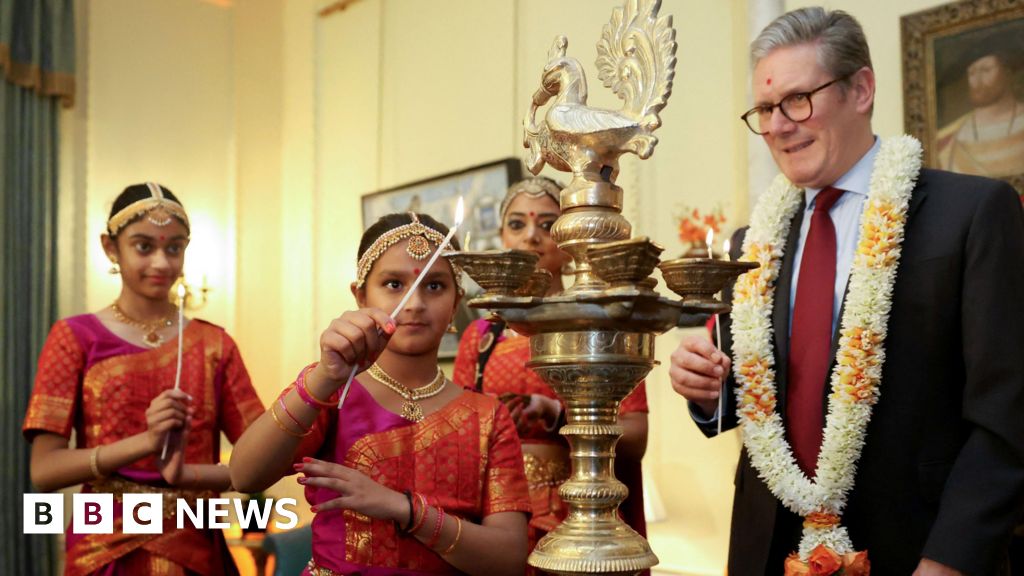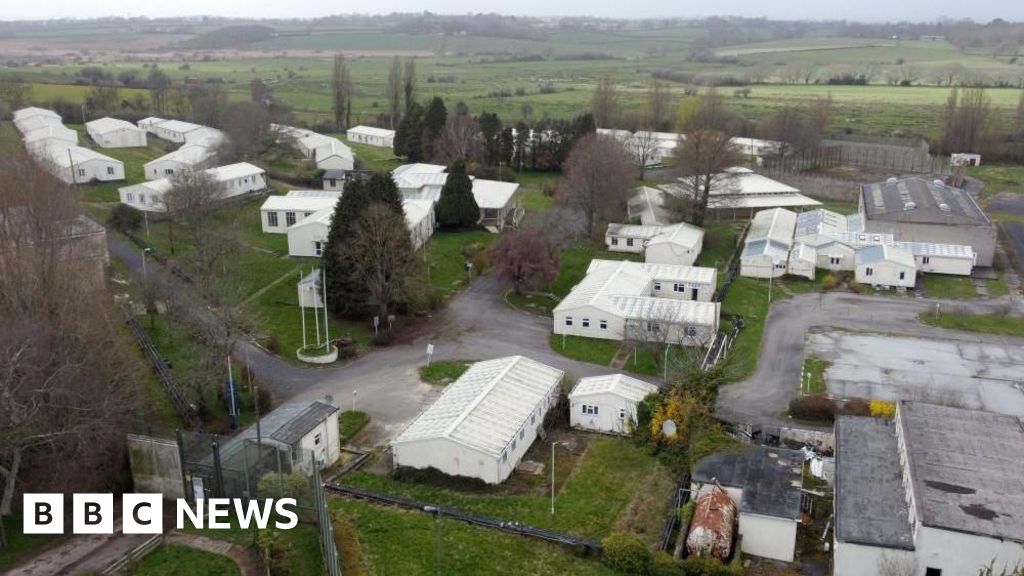ARTICLE AD BOX
3 hours ago
By Sir John Curtice, Professor of politics at University of Strathclyde
The debate on Friday night was meant to be one discussion between seven party representatives. In practice it was a debate between just two of them, while the remaining participants were largely left to snipe from the sidelines.
The two principals in the night’s drama, at least in their own eyes, were Angela Rayner for Labour and Penny Mordaunt for the Conservatives.
Positioned next to each other, in what proved to be the sparkiest exchanges of the night, they regularly traded blows over the apparent failure of the Conservatives’ record and the alleged cost of Labour’s promises.
For the most part they largely ignored the five other participants aligned to their right, even though both of them came under regular fire from one or other of the smaller party representatives.
Nigel Farage trained his firepower on the Conservatives, including on Mr Sunak’s failure to attend the full set of D-Day commemorations, its record on immigration, and on some spending cuts.
He was joined in that endeavour by Daisy Cooper for the Liberal Democrats, albeit from a different perspective. She was as keen as Ms Rayner to attack the Conservatives’ record in office.
Meanwhile in the case of Stephen Flynn of the SNP, Carla Denyer of the Greens and Rhun apo Iorwerth for Plaid Cymru, it was Labour that was the principal butt of their interventions.
All three in their various ways argued that Labour was promising too little money for public services, on welfare, on climate change, and on immigration, and that in their view the party was not offering a real alternative to the Conservatives.
The diverse stances taken by the other party figures reflect the very different opportunities and challenges that they face in this election.
Mr Farage’s Reform UK party is primarily peeling voters off the Conservatives, while the Liberal Democrats are hoping to win Conservative-held seats.
The SNP and the Greens primarily involved in battles with Labour both for seats and votes. And although in 2019 both the Conservatives and Labour posed a threat in Plaid’s best prospects, the party has probably calculated that it is Labour who in practice poses the greater threat.
What perhaps was more surprising, given the electoral terrain in which they find themselves, was the apparent reluctance of Ms Rayner and Ms Mordaunt to respond to the criticism from the other participants in the room.
After all, the Conservatives are currently losing more voters to Reform UK than to Labour, while Labour are involved in a key battle with the SNP for votes and seats in Scotland.
Still, despite the lack of interchange between the wider room, the debate did expose voters to a more wide-ranging set of arguments than those they have been hearing from Labour and the Conservatives.
It is, of course, up to those voters to decide what they made of it.
John Curtice is Professor of Politics, University of Strathclyde, and Senior Fellow, National Centre for Social Research and ‘The UK in a Changing Europe’. He is also co-host of the Trendy podcast.

 5 months ago
19
5 months ago
19








 English (US)
English (US)